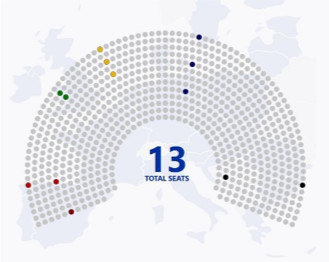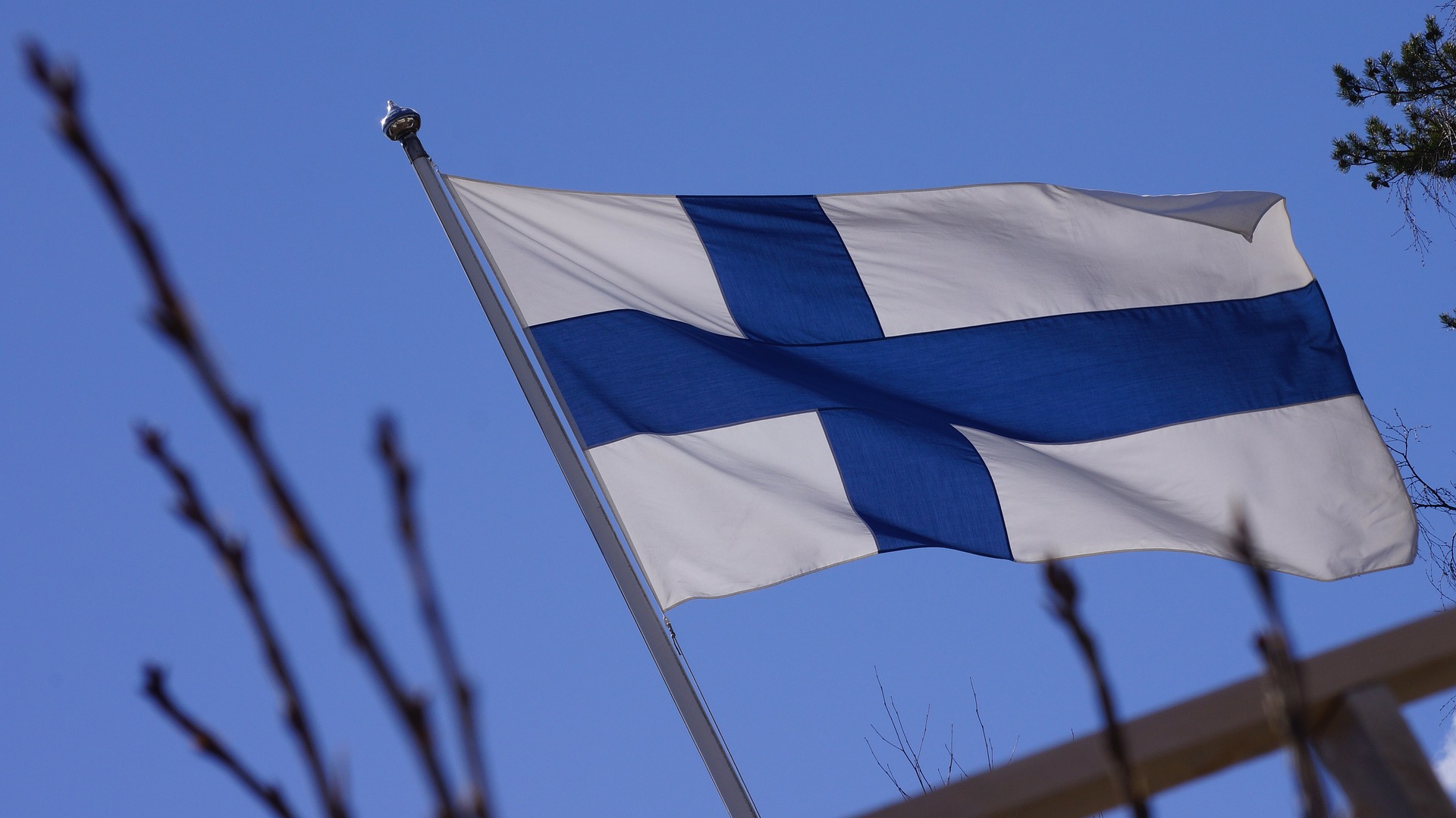European Elections
A Letter from Helsinki
“The European Parliament elections were held just a month after Finland had elected its national Parliament. European Elections so close after national ones meant that campaigning posed a challenge to parties and candidates alike, as voters suffered from a slight election fatigue and media focused much more on the negotiations over a new government. The European campaigns were somewhat affected by a lack of enthusiasm. The campaign agenda followed the topics of the national elections: climate change and migration. These topics seemed to favour especially the Greens, but also the nationalist Finns Party, both having scored good results in the national elections.
One interesting topic during the campaign was the role of newly elected MPs also running for the European Parliament. Several candidates told openly that if elected, they would not take their seat in the European Parliament; their primary goal was to collect votes for the list. Because the Finnish electoral system is extremely candidate-driven, this kind of behaviour raised lots of criticism in the press and among rivalling parties.
Overall, the campaigns and the media coverage were unsurprising and calm. The confrontations and emotions, which were so visible in the national elections, were absent, and the major obstacle that all the parties had to overcome was getting people out to vote. The biggest winner in Finland were the Greens with a rise from 9,3 to 16 percent. The national elections had gone well for the Greens that gave them a boost in their European election campaign. Climate change was one of the main issues on the agenda, which helped the party to mobilize their supporters and gain an extra seat in the European Parliament. Eventually the Greens will even get a third seat, should Brexit take place.
In the 2000s, the National Coalition Party has always been number one in Europen elections, and again they were the biggest with a large margin in spite of a little loss (-1,8 %). The NCP was able to keep their three seats with all incumbent MEPs maintaining their mandates. The Social Democrats, the party leading the government negotiations after winning the national elections, performed better than five years ago (+2,3), but not as well as in the national elections. They kept the two seats they had in the previous European Parliament.
The Centre Party(ALDE) had only a month earlier hit rock bottom in the parliamentary elections and their downfall continues. With their vote share dropping by 6,1 percent points, they lost a seat and fell from second to fifth place. The Finns Party did well in the parliamentary elections but was not able to mobilize their supporters as strongly as polls had projected. Nevertheless, party chairman Jussi Halla-aho seemed satisfied with the result, and the party held their two seats. The Swedish People’s Party(ALDE) was able to keep their position with MEP Nils Torvalds renewing his mandate.
Voter turnout in Finland was 42,7 percent which is 1,7 points higher than five years ago. The European Elections attract only certain segments of the electorate. In the national elections, the turnout was 72,1 percent. A low general turnout seems to favour especially the NCP and the Greens, whose supporters are urban and well-educated, whereas left-wing parties (Social Democrats and Left Alliance) and the Finns Party seem to suffer from it.
For the Centre Party, the result was its weakest in any European election. The historical defeat in the national elections was a poor starting point for the rally, and it hardly helped that the campaign was led by Juha Sipilä, who had thrown in the towel as Prime Minister only weeks before the national election and will resign as party chairman in autumn.
Overall, election results were rather undramatic, especially since there were only slight changes in the seat count. For many political observers and commentators, it seemed to be a relief that the “Finns Party” did not perform as well as in the national elections. Following this line of thought, the easy analysis of the election result would be that the rise of populism and euroscepticism was halted in Finland. However, this interpretation may echo more hopes than reality. As mentioned before, the low turnout favours certain parties. Most of the electorate stayed at home and indeed, there are many Eurosceptics among the passive citizens.
Even though a vast majority of Finns are in favour of the EU, it might be risky to interpret the result as an absolution for pro-EU parties. The Finns Party together with other populist parties all over Europe have shown their ability to evolve and find new topics, new issues and new threats that speak to their potential supporters.“
Ville Pitkänen, political scientist at the Think Tank e2.
Finnland
Wahlbeteiligung Europawahl 2019: 41 %
Sitze im Europäischen Parlament: 13 Sitze
Liberale Parteien:
Centre Party (13,5%): 3 Sitze (↓ 1)
Swedish People's Party (6,3%): 1 Sitz


